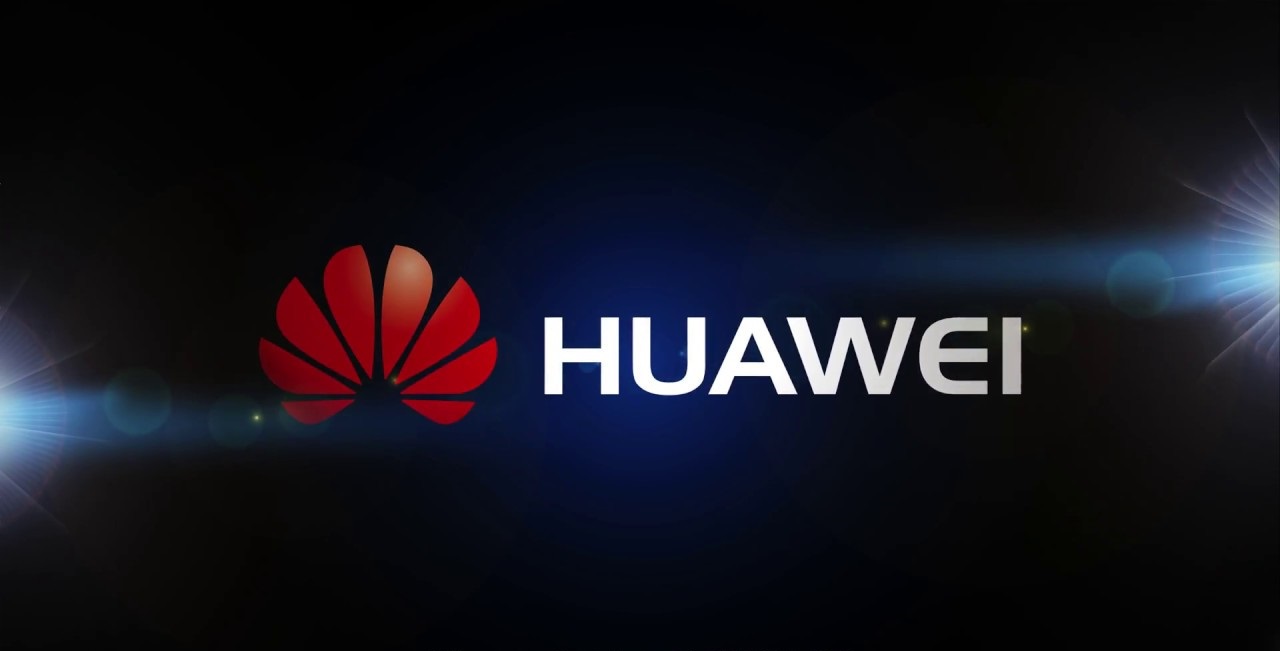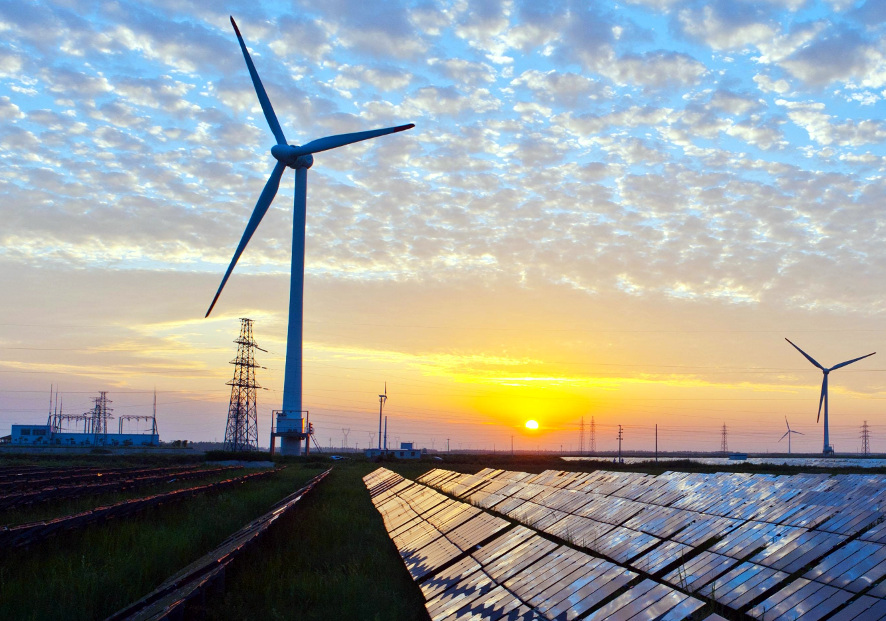Climate change has become a big issue all around the world. The international community has been working together to combat climate changes and on the 5th anniversary of Paris Agreement. Today, more than 110 countries have committed to the “Carbon Neutrality” goal.
It is important to modernize the energy infrastructure and accelerate the transformation from fossil energy to renewable energy. In the digital era of a fully connected intelligent world. Energy, which is foundation of digital infrastructure, is also undergoing a transformation to adapt to the development changes of the digital world.
On December 28, Huawei held the “Top 10 Trends of Digital Power” media communication conference and Mr. Zhou Taoyuan, Huawei Vice President and President of Digital Power Product Line, shared insights on the future trends of digital power. He pointed out that carbon neutrality is the top priority task in the world today.
The energy industry will enter into the digital era because of the rapid development of digital economy and there are challenges of energy digitalisation and digital economy development. The entire industry needs to provide high importance to increase investment in digital energy infrastructure which is the foundation of the digital world.
Top 10 Trends of Digital Power
Dr. Fang Liangzhou, Vice President and CMO of Huawei Digital Power Product Line, mentioned that the “Top 10 Trends of Digital Power “predicted by Huawei includes following trends:
- Power Digitalization
- Green Energy for All
- Efficient E2E Architecture
- AI Boost
- Simple and Convergent
- Autonomous Driving
- Comprehensive and Smart Energy
- Intelligent ESS
- Super-Fast Charging
- Safe and Reliable
Energy digitalization is an inevitable trend. Innovative integration of digital and energy technologies enables intelligent management of power generation, power transmission, power distribution, power storage and power consumption, substantially improving energy efficiency.
Solar for All is mainstream, benefiting thousands of households and industries. The era of non-subsidized PV power generation is coming while Distributed Generation and Solar-storage convergence becomes the mainstreams. Green energy can also help ICT industry reduce carbon emission.
In the future, we will build a “zero-carbon network” and “zero-carbon data centers”. Apart from this, Huawei proposed the trend of Efficient E2E Architecture which can improves energy efficiency in terms of architecture and system.
In terms of AI, Huawei believes that AI will be widely applied to energy field and will replace experts’ functions to enable independent system collaboration. There are several examples. Intelligent tracking scaffolds are used in PV plants, and PV detection implements unattended inspection.
Data centers apply AI to adjust parameters to reduce PUE. Intelligent staggering, charging and discharging of battery based on peak-valley tariffs of electricity grids to save the electricity bill. In terms of smart electric power, big data can be used to warn about battery status of vehicles 24 hours in advance.
Dr. Fang Liangzhou said Digital Power will move towards Simple and Convergent network, including architecture convergent, simplified form and prefabricated modules. “Energy devices will become compact, lightweight and modularized,” said Dr. Fang Liangzhou.
Dr. Fang Liangzhou explained, for example; multi power systems are integrated into a unified power system. Sites are becoming smaller and smaller, and having transition from indoor to Outdoor Cabinets and Outdoor to blade power supplies. And prefabricated modular construction mode is generally used for data centers.”
Apart from this, as the energy industry gradually transforms to digitalization, the traditional manual O&M mode will be changed, and the energy network O&M will achieve autonomous driving.
Traditional energy system will be change from Silo architecture and isolated management to comprehensive smart management, achieving the goal of E2E collaboration including power generation, power distribution and transformation as well as power consumption. In terms of energy storage, common lithium batteries will gradually evolve into intelligent Energy Storage System (ESS), which will maximize the battery potential.
It is also worth noting that people can enjoy super-fast charging anytime anywhere. In the consumer electronics field, the charging time will be less than 10 minutes in the future.
In addition, due to the evolution of the electrical architecture, electric vehicles can be charged within 10 minutes, providing ultimate experience to users. Security and trustworthiness are also vital. Hardware reliability, software security, system resilience, security, privacy, reliability, and availability will become essential requirements.
It is learned that Huawei has been deeply engaged in the energy field for many years. By integrating power electronics and digital technologies, Huawei can achieve green power generation and efficient power consumption, which can promote digital transformation and the development of the digital economy. Huawei advocates that we should use the end-of-the-art perspective to clarify the energy development context and deploy energy construction.





